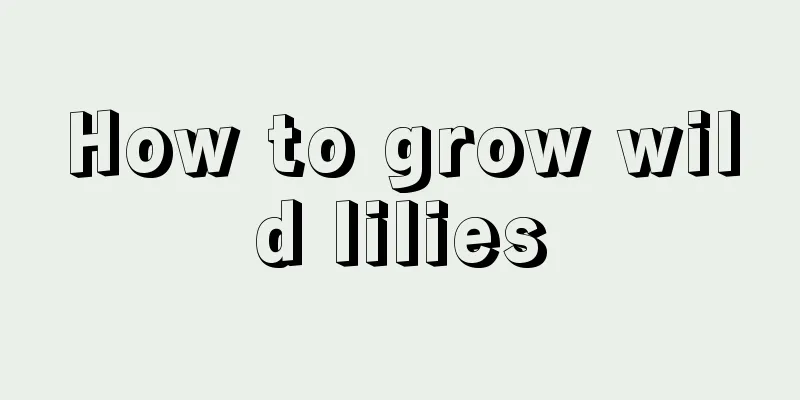Disease prevention and control methods of colorful taro (colorful taro)

Colorful taro dry rotSymptomsDry rot, also known as wilt, is a common disease of bulbous plants. It mainly harms the bulbs, and also harms the leaves, flowers and roots to a certain extent. Water-soaked reddish-brown spots will appear on the surface of the bulbs of the infected plants, gradually expanding to form round or irregular shapes, and the bulbs will gradually rot. When the disease is severe, the entire bulb will turn dark brown and dry rot. During the growth period of colorful taro, it is rarely infected with dry rot, and it is usually infected due to improper storage. Prevention and treatment methodsBefore storing the bulbs, they must be selected and some weak and diseased bulbs must be thrown away to avoid infection of other bulbs during storage. During storage, handle with care to minimize wounds. Ensure that the storage environment is well ventilated, disinfect before storage, and control the storage temperature at 1~4 ℃. Check regularly and remove rotten bulbs in time. Taro leaf spotSymptomsLeaf spot is one of the common diseases of foliage plants. It occurs everywhere, generally concentrated in spring and autumn. Leaf spot disease mainly infects leaves, petioles and stems. Circular spots will appear on the leaves, gradually expanding to form irregular spots and producing ring patterns. The color will also change from reddish brown to dark brown, with gray-brown in the center. Prevention and treatment methodsIf diseased plants are found, remove them promptly to avoid infection of other plants. Strengthen maintenance, pay attention to timely ventilation, and do not water directly on the leaves. Start spraying pesticides from the early stage of the disease to prevent the disease from spreading. Commonly used agents include 1000 times of 50% thiophanate, 500 times of 70% mancozeb, 400-600 times of 80% mancozeb, 500 times of 50% captan, etc. Pay attention to choosing two agents to use alternately when spraying to avoid drug resistance in bacteria. |
<<: Diseases and prevention methods of Aspidistra
>>: Michelia pest control methods
Recommend
What to do if the leaves of green radish crack
1. Normal metabolism It is normal for its leaves ...
Disease and Pest Control of Bitter Water Rose
Rose rust When the weather is hot, you can always...
5 common methods of cutting propagation
Plant propagation by stem cuttings Terminal bud c...
A 20-year-old cactus is taller than a house and can still bloom and bear fruit
20-year-old cactus (Author: jemeuchen Source: Xia...
How to change the soil of Clivia? The best time and method to change the pot and soil
Spring is the best time to grow flowers and chang...
How to eat and its effects
1. How to eat 1. Juicing: You need to prepare an ...
Phalaenopsis cutting method
After the Phalaenopsis flower period is over, cut...
What soil is best for Daphne odora?
Osmanthus fragrans has relatively high requiremen...
What is the best soil for potted Clivia (how to configure the most suitable soil for growing Clivia)
Many people who grow Clivia do not grow well. In ...
Is Aloe Vera Toxic?
1. Is it toxic? Many people know that it has grea...
What kind of fertilizer is good for Bletilla striata base fertilizer (base fertilizer application method)
Effect of Bletilla striata base fertilizer Bletil...
How to transplant Echinacea
When to transplant echinacea Generally, seedlings...
How long does it take for honeysuckle cuttings to take root and germinate? What is the cutting time and method with high survival rate?
Rooting time of honeysuckle cuttings Honeysuckle ...
There are several types of grape yellow leaf disease and treatment methods
1. There are several It is infected with only one...
How to water potted money grass? What to do if you water it too much?
1. How to water 1. Watering frequency: The plant ...









